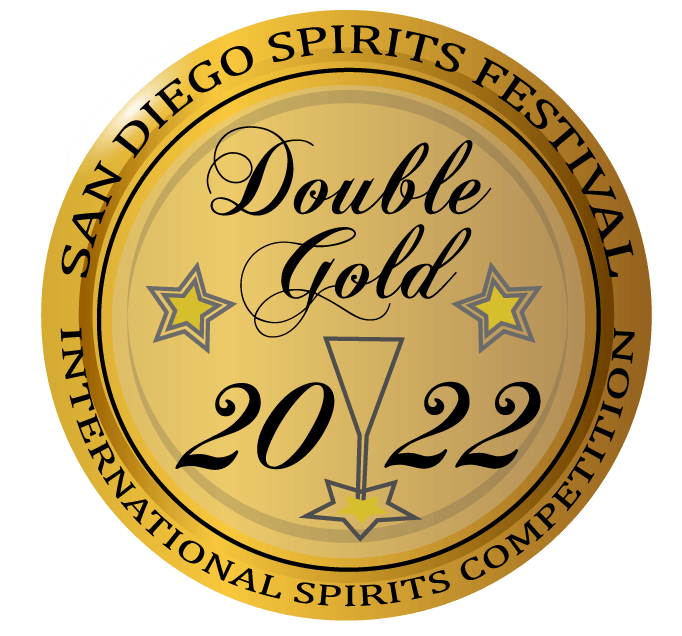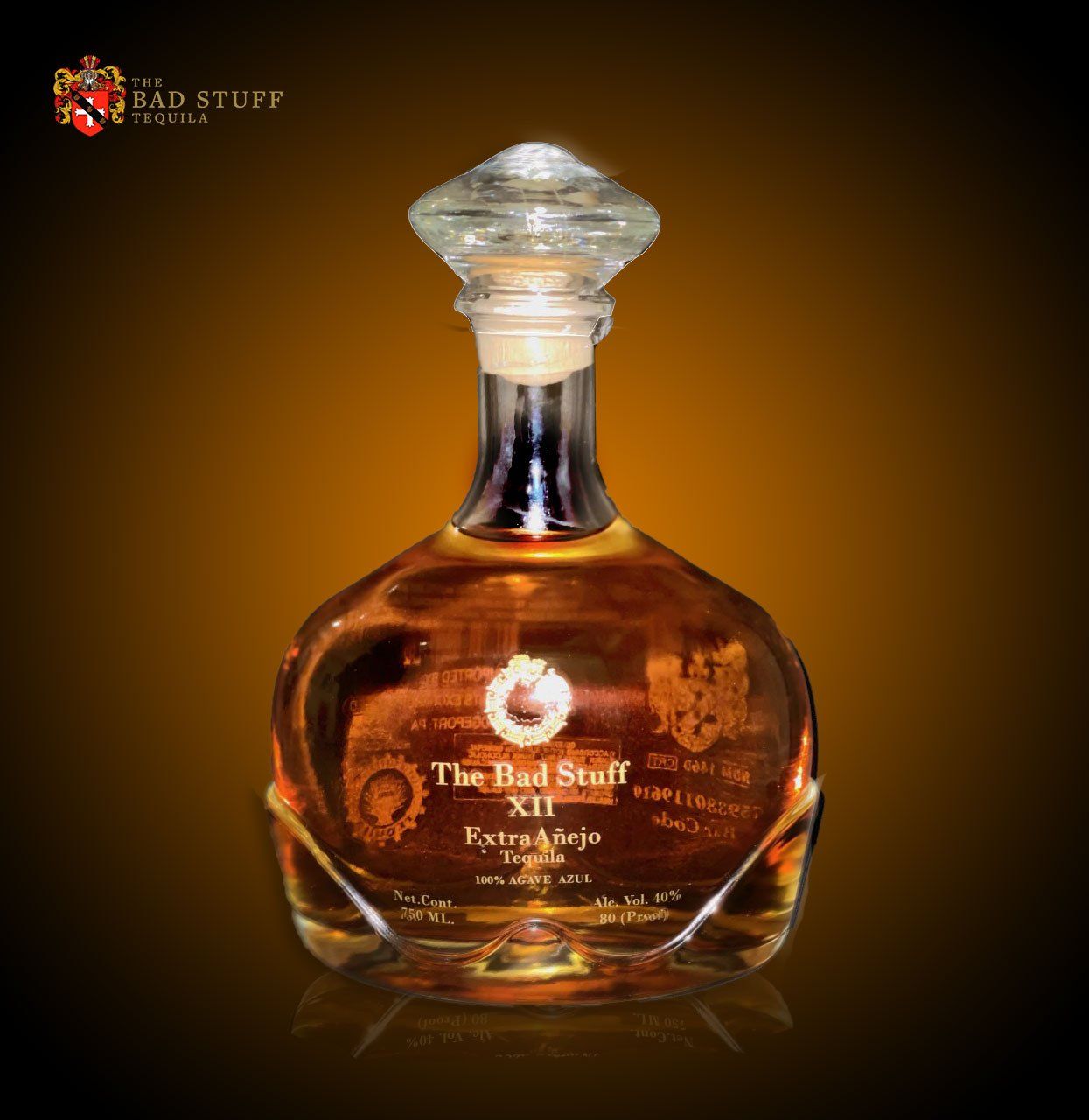Oceanside Distiller Perfects The Fine Art Of Tequila
Nicole Sours Larson, San Diego Union Tribune • December 26, 2017
With the surge of interest in small-production distilled spirits, tequila is finally attracting the respect and attention it deserves.

Centered in this spotlight is Oceanside resident and entrepreneur Phillip “Felipe” Soto Mares, maestro catador (master tequila sommelier/taster) and co-founder and master distiller of The Bad Stuff, his award-winning extra añejo tequila, a “special reserve” golden liquor aged three years in oak barrels.
Recently, Soto Mares introduced local sales of his ultra-premium, limited production sipping tequila, choosing for the launch Carlsbad’s restored Charles Kenneth Speakeasy, the “hidden” bar under the Land & Water Company Restaurant, which once stocked his grandfather’s hooch-quality bootlegged tequila and now sells the grandson’s prestigious extra añejo.
For Soto Mares, now 65, an adventurous man with eclectic interests, making tequila is a family tradition. When he was 16, his uncle Roberto Mares, a teacher, came from Mexico to visit the family in San Diego County, bringing a jug of his homemade tequila. He instructed his nephew in how to drink it properly.
“First you look at the color. Then you smell the aroma. How is the body? Then you sip it to taste all the flavors,” he recalled his uncle’s advice.
The young Soto Mares, born to migrant workers in Fresno and raised in Vista and San Marcos, never lost his fascination with fine tequila as he studied architectural drafting at a nearby community college. Following in his father’s footsteps, he first pursued a career with the Santa Fe Railroad, then worked in several construction and other businesses, bootstrapping himself up, his entrepreneurial instincts inspiring him always to seize better opportunities.
For one client, he designed and built a facility to make pet shampoos. When the chemist hired to compound the shampoos failed to show up, Soto Mares offered to take over the task. He created a successful line of human food-grade shampoos popular also with humans, while experimenting and acquiring a skill-set which proved useful in blending and refining his tequila formula.
In 1994, his uncle decided he was ready to learn to make tequila. He invited Soto Mares to his small hacienda in Atequiza, Jalisco. There he spent six months passing along the techniques and knowledge handed down from his father, also Roberto, who, as a refugee from the 1920s Cristero War in Mexico, supported his family by producing bootleg tequila in Los Angeles during Prohibition. (Technically, his grandfather made “agave spirits” from California agave, since true tequila can now be made legally only from blue agave in specified locations in Mexico, mainly in the Jalisco region.)
“I went down to learn. I hadn’t thought of it as a business. I wanted to learn to make the best tequila,” he explained.
His first effort was so bad his uncle spat it out. Then, recalling his uncle’s instructions on when to harvest the agave, he went back to the fields and looked for the “tears” at the base of the mature plant, a sign of the sweetness allowing caramelization of its juices during the cooking process.
Soto Mares uses traditional methods to craft his tequila, but what distinguishes his product is the nuances. He uses only pesticide-free, estate-grown blue agave whose cultivation he controls. He oversees the harvest when the agave is 8 to 12 years old, with the leaves cut away to reveal their inner piñas. These agave plant hearts are baked in traditional steam ovens, enabling the sugars’ caramelization. This baking process shapes the tequila’s ultimate flavor before the piñas are mashed, releasing the liquid.
The agave nectar is first fermented and then distilled twice, once in stainless steel and then in copper tanks to draw out any impurities. He filters it through cellulose rather than activated charcoal to produce a crystalline tequila with “brío” that’s not too polished, he explained.
After distillation, all tequila is clear, or blanco. With two months to a year’s age in oak barrels, tequila becomes a reposado (rested), and with one to under three years’ aging in small oak barrels it becomes an añejo (aged). Extra añejo (extra aged) requires three or more years’ aging in oak barrels, which imparts smoothness, flavor and color to the distilled tequila. The variety and newness of oak and the use of any charring also affects the flavor, as does the blending process.
Soto Mares prefers new French oak barrels with a medium char to achieve his desired flavor profile.
After the agave nectar is drained, Soto Mares turns over the residue, called bagaso, to Tequila, Jalisco-based, Norma Macias, whose local company, Papel de Agave, handcrafts the paper for his labels. He designed a special oven to speed drying of the paper.
“Her company is very small, employing women from her town to empower them and become financially stable,” he explained.
The quality and purity of the water used in making tequila is critical, he stressed. His water comes only from two deep artesian wells.
For 20 years, Soto Mares created his own tequila in small quantities at a distillery in Arandas in the highlands of Jalisco, home to the sweetest blue agave plants and the best quality tequilas, producing only a few thousand bottles for his friends and family. He expects to ramp up production in the near future, drawing on additional blue agave he grows on nearby estates.
In a chance encounter at the Del Mar Races several years ago, Soto Mares shared a glass of his special tequila with an appreciative new acquaintance, who dubbed the tequila “The Bad Stuff” and eventually persuaded him to market it in the U.S.
Soto Mares never intended to sell his tequila but kept refining his methods to bring out the aromatic “crème brûlée” notes he prefers.
“All I wanted to do was create the best tequila on the planet. The process makes it distinctive, our attention to detail. It’s the equivalent of the fine cognac of tequila. I designed it to appeal to the Scotch and Cognac palettes,” he said, explaining he uses only special bottles made of recycled glass.
Critics and competitions seem to bear him out. In the Made in Mexico Competition, The Bad Stuff won gold and best of class awards in the extra añejo category against 67 tequila brands currently sold. He also took home the best of show award.
Soto Mares, also a professional consultant in tequila formulation for family-owned tequila making firms, is one of only a handful of maestro catadores, or master tequila sommeliers, honored by the Guadalajara-based Academia Mexicano de Catadores de Tequila for his contributions in conducting educational seminars and tastings and providing training in how to evaluate and taste tequilas. He also served as the Academia’s director within the state of California.
Although Soto Mares never planned to become a tequilero, he has created his own niche
“I’ve lived life on my own terms — and enjoy life."
Source: The San Diego Union Tribune
12/26/2017
MOST RECENT NEWS




